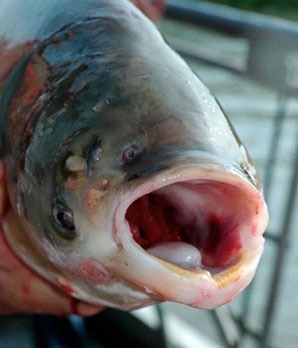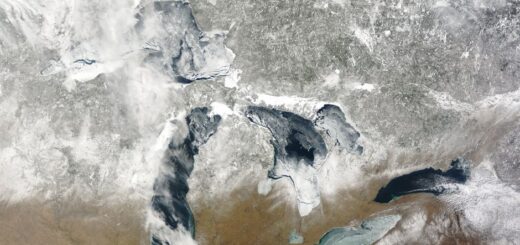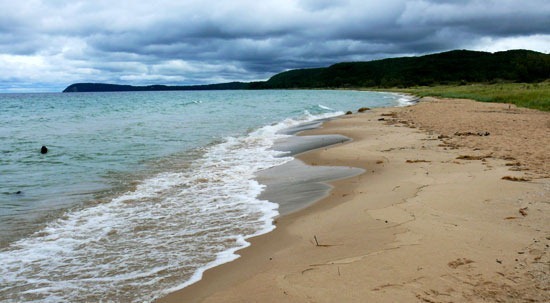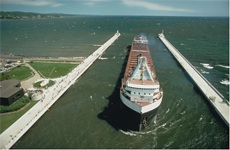Rip currents continue to kill in the Great Lakes
0
Rip currents, sometimes incorrectly called rip tides or undertow, continue to claim 100 lives each year in the U.S, according to Michigan Sea Grant’s Upwellings magazine. Though many believe these currents pull a swimmer under the water, they actually pull them out to sea. These currents consist of a stream of water moving quickly away from the shore.
This happens when water accumulates on the beach instead of moving out to sea as normal. The resulting water builds pressure that creates a narrow path through the waves. This path is the current itself, which can be 30-100 feet wide and travel at speeds up to 5 miles per hour.
Unsuspecting swimmers enter the rip currents, which pull their legs and cause them to lose balance. People who try to fight the water quickly tire, stop moving, and often drown. In order to avoid this, swimmers shouldn’t push against the current but swim sideways until they exit the current and can then reach shore.
According to the National Weather Service, two types of people are especially susceptible to being caught in rip currents. The first is young men ages 18-24, who tend to take greater risks. They sometimes jump off dangerous areas and into the currents. Near some of these areas, such as docks and other structures, the water unevenly collects, causing the currents.
Second is older adults who frequently jump into the water while trying to assist someone caught in the current. They fail to realize the danger and often become casualties. During warm weather seasons, current strength increases on the Great Lakes, as do the number of deaths. In 2010, more than 30 drownings occurred, more than in any other season, and more than 30 rescues were completed, according to Upwellings.
In the past, many didn’t consider the Great Lakes a threat to safety. But through various media campaigns, people are coming to realize the danger. Educational material from National Weather Service announcements, rip current informational brochures, placemats, presentations in schools, an official mascot, and life-saving stations have helped to bring awareness. The city of Marquette, Mich. started a Waterfront Safety Task Force to tackle the problem. They implemented life-saving devices, such as flotation equipment, buoys, rope, and a lifeguard on duty daily, among other safety procedures.
Rip Current Survival Guide [United States Lifesaving Association] Rip currents [National Weather Service Forecast Office] Fighting rip currents in the Great Lakes [Upwellings]
Image Credit: http://www.flickr.com/photos/igboo/3844577062/in/photostream/













